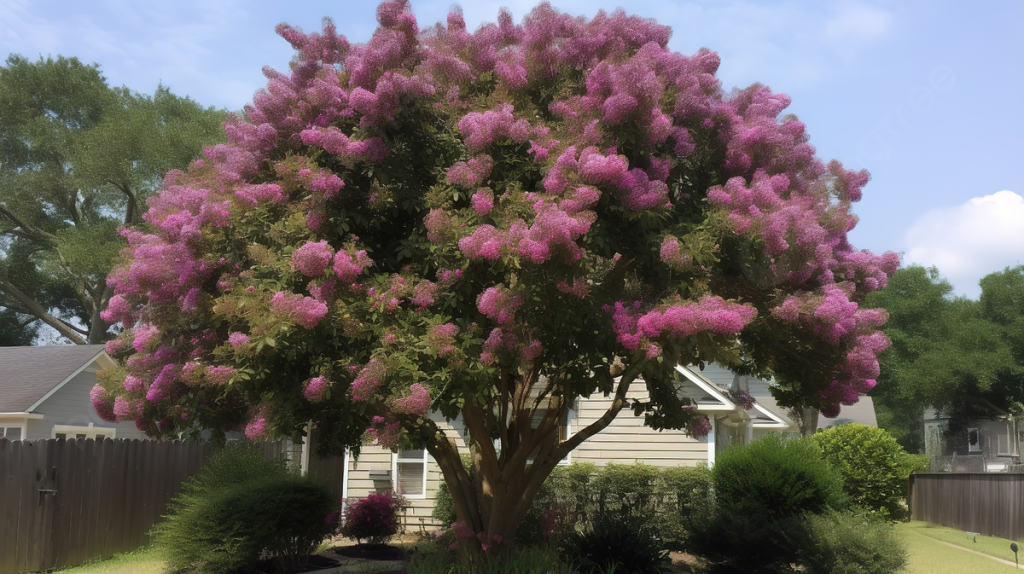Front yard landscaping with crepe myrtles is an essential part of creating a beautiful and welcoming home. It sets the tone for your entire property and can greatly enhance the curb appeal of your house. One popular choice for front yard landscaping is using crepe myrtles. These versatile and stunning trees are known for their vibrant flowers, ornamental bark, and small size, making them perfect for smaller spaces. In this article, we will take an in-depth look at how you can incorporate crepe myrtles into your front yard landscaping to create a beautiful and inviting space.
1. Choosing the Right Crepe Myrtles for Your Front Yard
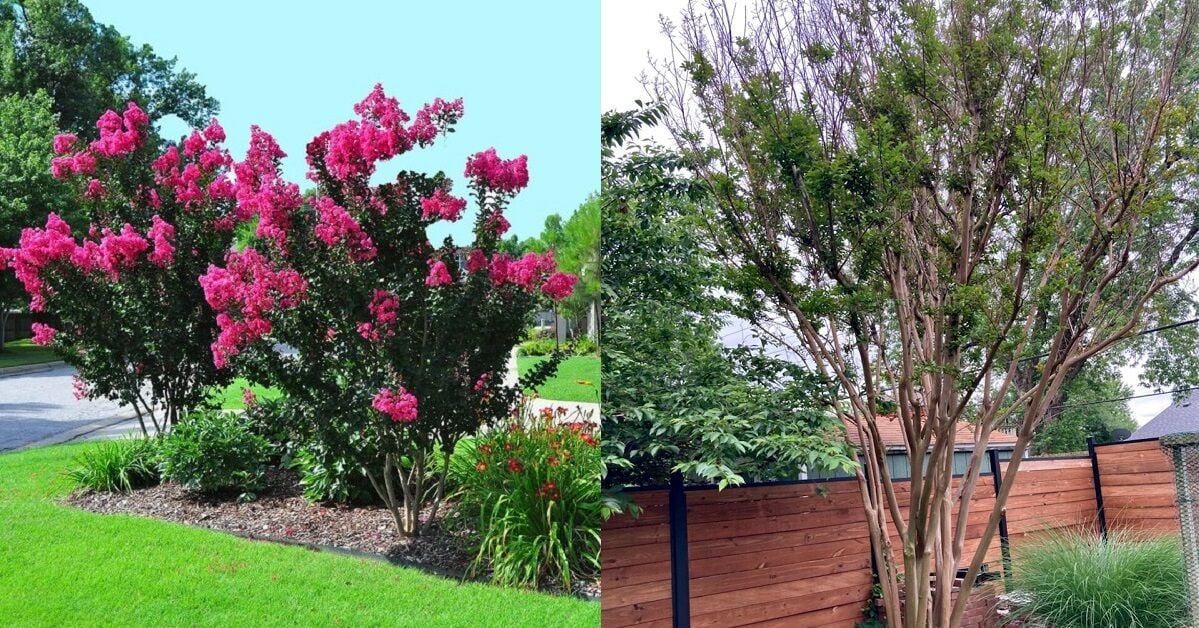
Types of Crepe Myrtles
Crepe myrtles come in a variety of colors, sizes, and shapes, making it crucial to choose the right type for your front yard. Some popular varieties include Dynamite, Natchez, Tuscarora, and Muskogee, each with its unique characteristics and growth habits.
Size and Shape
When selecting a crepe myrtle for your front yard, pay attention to its mature height and spread. You don’t want to end up with a tree that’s too big for your space or requires constant pruning to keep it in check. For a small front yard, dwarf varieties like Centennial Spirit or Razzle Dazzle are ideal as they only reach a height of 3-5 feet.
Flower Color
One of the most attractive features of crepe myrtles is their colorful blooms. The blooms can range from white to shades of pink, purple, and red. Consider the color scheme of your front yard when picking a crepe myrtle variety to ensure it complements the other plants and flowers in the landscape.
Bark
In addition to their flowers, crepe myrtles are also known for their beautiful bark, which can range from smooth to textured and even peeling. The bark adds visual interest and texture to your front yard, so choose a variety with bark that appeals to you.
2. Planting Crepe Myrtles in Your Front Yard
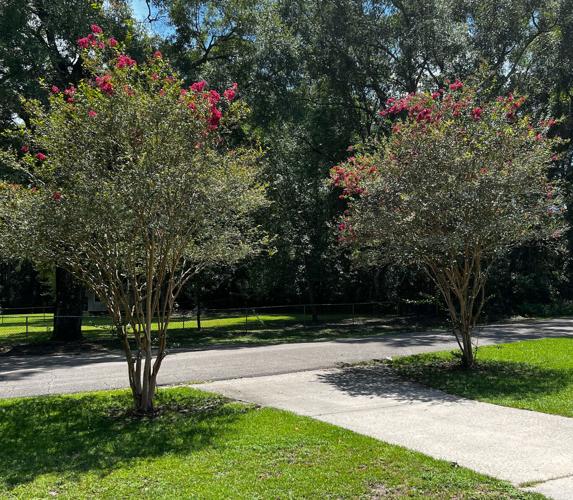
Location
When it comes to planting crepe myrtles in your front yard, location is key. These trees thrive in full sun, so make sure to plant them in an area that receives at least six hours of direct sunlight each day. Additionally, avoid planting them too close to your house or other structures as their root systems can cause damage.
Soil and Watering
Crepe myrtles prefer well-draining soil, so if your front yard has heavy clay soil, consider amending it with compost or other organic matter before planting. Once established, these trees are relatively drought-tolerant and only require watering during dry spells.
Pruning
Proper pruning is essential for maintaining the shape and health of your crepe myrtles. Prune them in late winter when they are dormant, removing any dead or diseased branches. To encourage more blooms, you can also prune off the tips of the branches, leaving just two or three sets of buds.
3. Companion Plantings for Crepe Myrtles
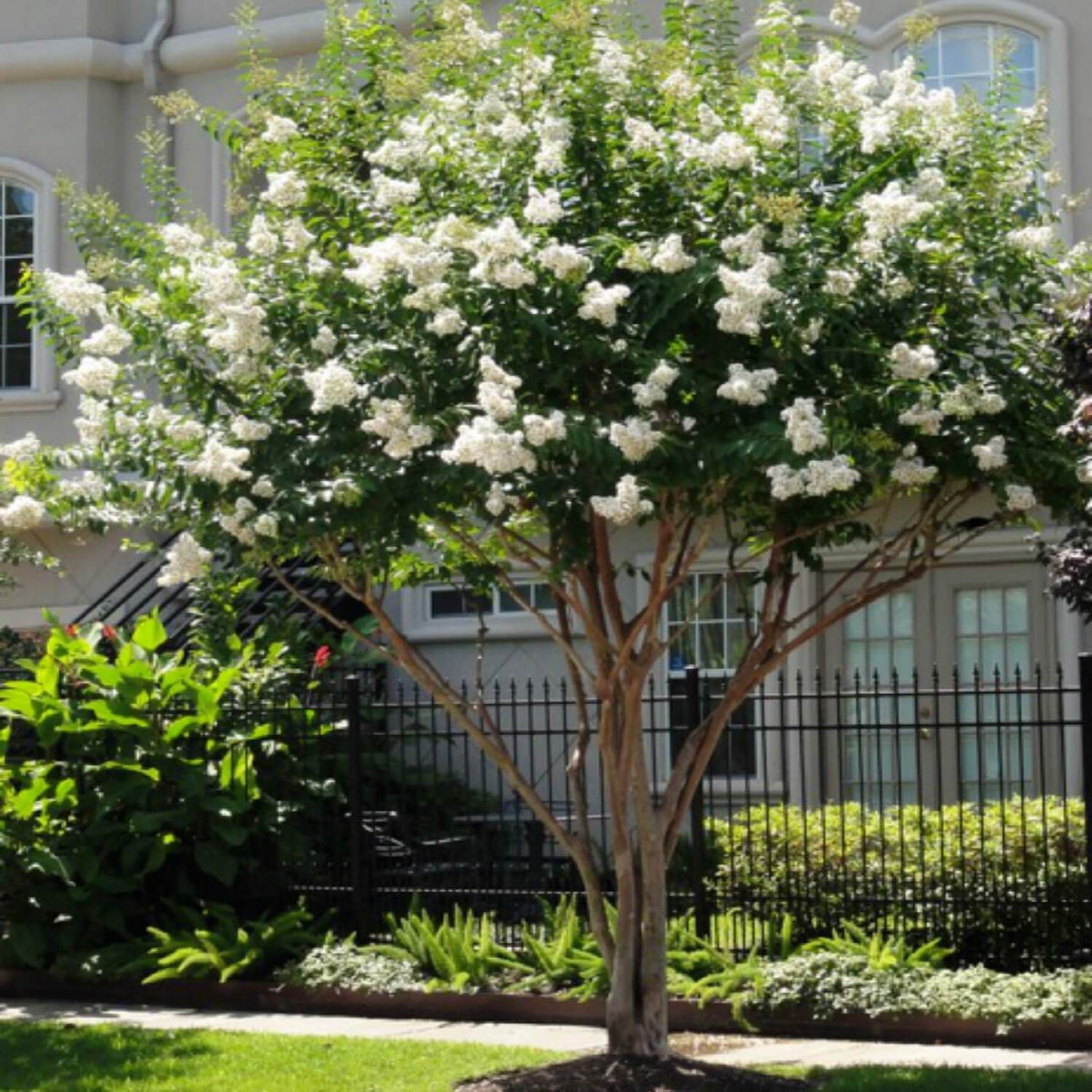
Flowering Perennials
Crepe myrtles are the stars of the show, but they can also be complemented by other plants and flowers in your front yard. Consider planting low-growing perennials like daylilies, phlox, or geraniums around the base of your crepe myrtles to add color and texture to the landscape.
Evergreen Shrubs
To provide a year-round backdrop for your crepe myrtles, consider planting evergreen shrubs like boxwood, holly, or aucuba. These plants will provide a lush green backdrop for your crepe myrtles and help to fill in any gaps in the landscape.
Ornamental Grasses
Ornamental grasses can also be a great addition to your front yard landscaping with crepe myrtles. Their tall, wispy foliage adds movement and texture to the landscape, and they require minimal maintenance once established.
4. Common Pests and Diseases of Crepe Myrtles
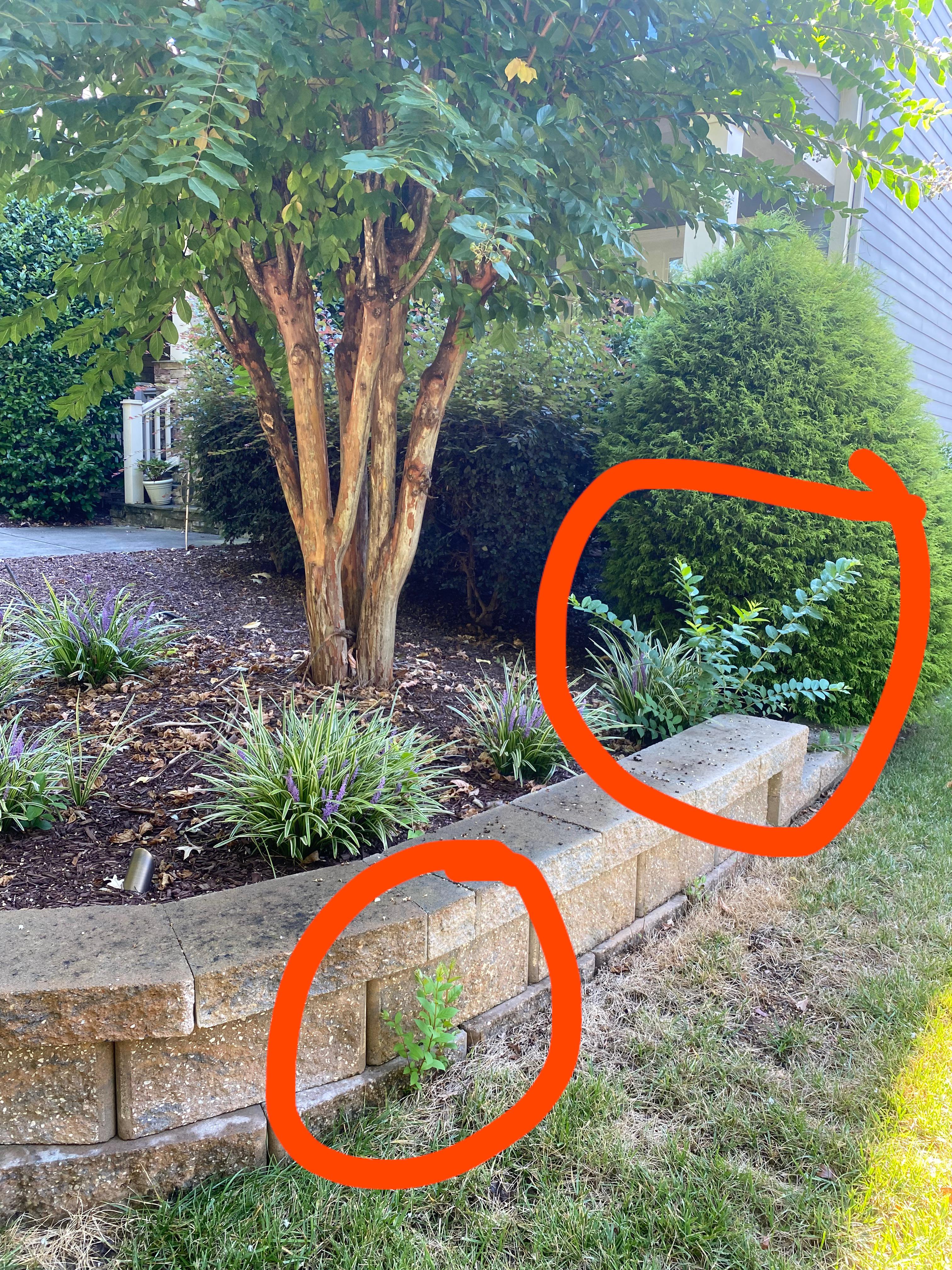
Crepe myrtles are generally low-maintenance trees, but they can be susceptible to some pests and diseases. Here are a few to keep an eye out for:
Aphids
Aphids are small insects that feed on the sap of crepe myrtles, causing leaf distortion and discoloration. These pests can be controlled by spraying the tree with a strong stream of water or using insecticidal soap.
Powdery Mildew
Powdery mildew is a fungal disease that causes a white powdery coating on the leaves and stems of crepe myrtles. To prevent powdery mildew, ensure good air circulation around your trees and avoid overhead watering.
Crape Myrtle Bark Scale
This pest is relatively new to the United States and has become a major problem for crepe myrtles. Crape myrtle bark scale appears as small, white or gray bumps on the branches, and it can cause severe damage if left untreated. Consult a professional for treatment options if you suspect your crepe myrtles have been infested.
FAQs
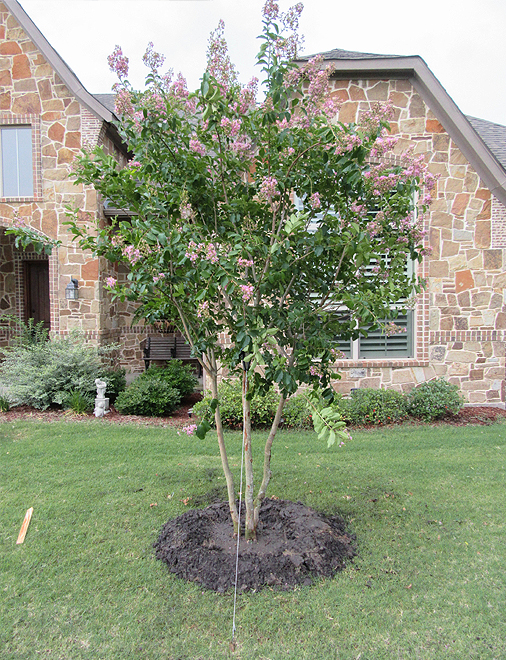
What is the best time to plant crepe myrtles?
The best time to plant crepe myrtles is in the early spring when the ground is starting to warm up, but before the tree has started to leaf out.
How often should I fertilize my crepe myrtles?
Crepe myrtles only need to be fertilized once a year in the spring before they start actively growing. Use a slow-release fertilizer formulated specifically for trees and shrubs.
Can I grow crepe myrtles in containers?
Yes, you can grow crepe myrtles in containers, but keep in mind that they will require more frequent watering and may not reach their full size potential.
How do I choose the right variety of crepe myrtle for my front yard?
Consider the mature size, flower color, and bark texture when choosing a crepe myrtle variety for your front yard. Also, consider the aesthetics and design of your front yard to ensure the tree complements the overall look.
Do crepe myrtles attract pollinators?
Yes, crepe myrtles are known to attract butterflies, bees, and other beneficial pollinators with their vibrant blooms.

Conclusion
Crepe myrtles, also known as Lagerstroemia, are a popular choice for front yard landscaping due to their stunning blooms, attractive bark, and overall versatility. These deciduous trees come in a variety of sizes, colors, and shapes, making them suitable for a wide range of landscapes. Whether you have a small or large front yard, crepe myrtles can be incorporated into your design to add color, texture, and interest.
Selecting the Right Variety The first step in using crepe myrtles in your front yard landscaping is selecting the right variety for your space. There are over 50 different species of crepe myrtles, each with its own unique characteristics. Some varieties are better suited for smaller spaces, while others can grow up to 30 feet tall and wide. It’s essential to consider the size and shape of your front yard when choosing a crepe myrtle variety.
In addition to size, you’ll also want to consider the color of the blooms. Crepe myrtles come in shades of white, pink, red, and purple, so you can choose a color that complements your home’s exterior. Keep in mind that some varieties have multiple bloom colors on one tree, adding even more visual interest to your landscape.
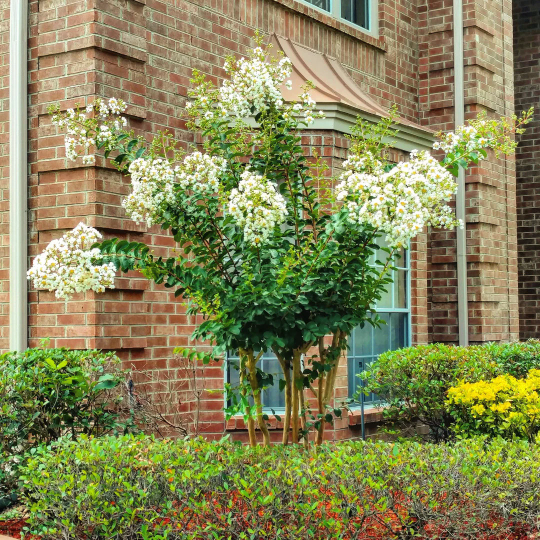
Proper Planting Techniques Once you’ve selected the right crepe myrtle variety, it’s time to plant it in your front yard. The best time to plant crepe myrtles is in the early spring, after the last frost. Choose a location in your front yard that receives full sun, as these trees thrive in bright, sunny conditions. They also prefer well-drained soil, so make sure the planting site has good drainage.
When planting your crepe myrtle, dig a hole twice as wide and just as deep as the root ball. Gently loosen the roots before placing the tree in the hole and backfilling with soil. Be sure to water the tree thoroughly after planting to help it establish its roots.
Companion Plantings To enhance the beauty of your crepe myrtles, consider incorporating companion plantings in your front yard landscaping. These can include shrubs, perennials, or annuals that complement the color and texture of the crepe myrtle blooms. For example, you could plant a row of low-growing shrubs, such as boxwoods or azaleas, in front of your crepe myrtles to create a layered effect. You could also add some colorful annuals, like petunias or impatiens, around the base of the tree for a pop of color.

Pest and Disease Management While crepe myrtles are relatively low-maintenance trees, they are susceptible to certain pests and diseases. Some common pests that can affect crepe myrtles include aphids, scale insects, and Japanese beetles. To prevent these pests from damaging your trees, regularly inspect them for signs of infestation and treat any issues promptly.
Crepe myrtles are also prone to powdery mildew, a fungal disease that appears as a white powdery substance on the leaves. To prevent this disease, make sure your trees have good air circulation and avoid overhead watering. If your crepe myrtles do develop powdery mildew, you can treat it with a fungicide.
Care and Maintenance To keep your crepe myrtles healthy and thriving in your front yard, it’s essential to provide them with proper care and maintenance. Water your trees deeply once a week during the first year after planting to help them establish their root systems. After that, they will only need supplemental watering during periods of drought.
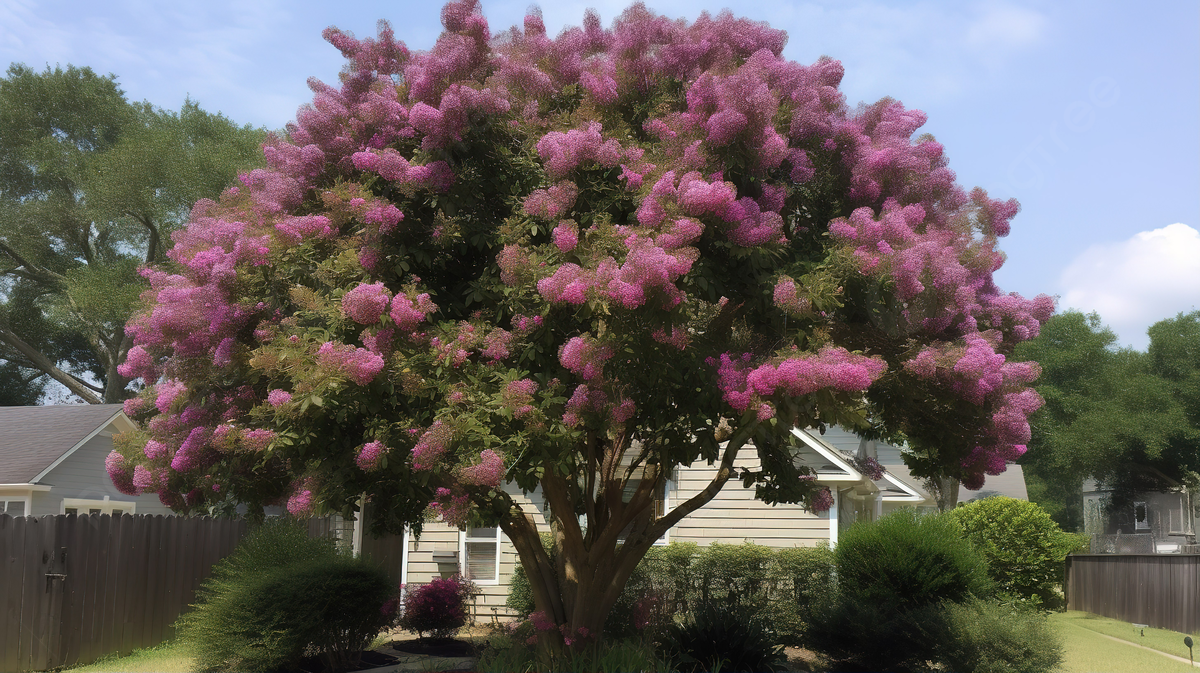
In the late winter or early spring, prune your crepe myrtles to remove any dead or damaged branches and promote new growth. Avoid over-pruning, as this can lead to fewer blooms and a less attractive shape.
In the fall, apply a layer of mulch around the base of your crepe myrtles to help retain moisture and protect the roots during the winter months. You can also fertilize your trees in the spring with a slow-release fertilizer to promote healthy growth and blooming.
In conclusion, using crepe myrtles in your front yard landscaping is an excellent way to add color, texture, and interest to your outdoor space. By selecting the right variety, proper planting techniques, and companion plantings, you can create a beautiful and inviting front yard that will enhance the curb appeal of your home. Just be sure to keep an eye out for pests and diseases and address any issues promptly to ensure your crepe myrtles stay healthy and thriving for years to come. With proper care and maintenance, these versatile and stunning trees will continue to bring joy and beauty to your front yard landscape.

